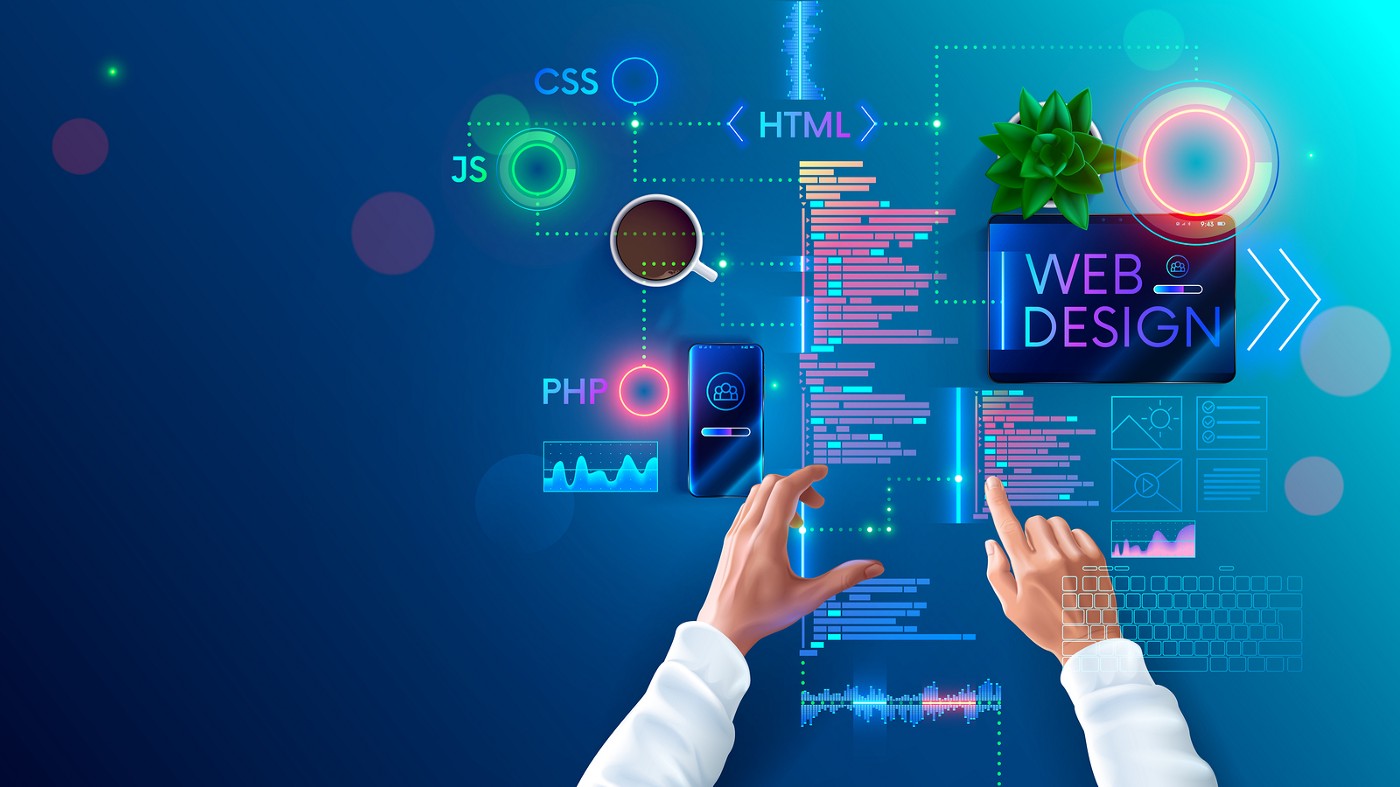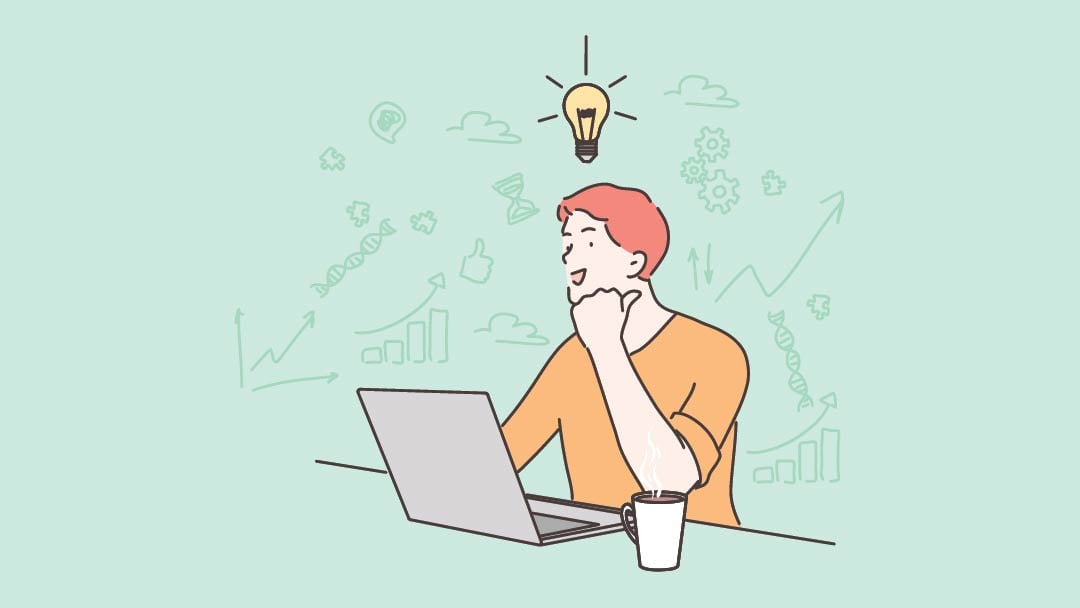All Categories
Featured
Table of Contents
- – Web Page Design: A Comprehensive Guide - Adobe...
- – Web Design And Applications - W3c Tips and Tr...
- – Responsive Design Best Practices - Google Sea...
- – Web Design Service - Professionally Designed ...
- – Responsive Web Design - A List Apart Tips and...
- – Web Design - Uci Division Of Continuing Educa...
- – Top 30 Web Design Companies - Apr 2022 - Des...
- – Penner Home - Durham Web Design - Penner Web...
- – Web Design And Development - Invision Tips a...
- – Web Design Company In Orlando, Florida And B...
- – Responsive Design Best Practices - Google Se...
Web Page Design: A Comprehensive Guide - Adobe Xd Ideas Tips and Tricks:
Quick summary Functionality and the utility, not the visual style, determine the success or failure of a site. Since the visitor of the page is the only person who clicks the mouse and therefore chooses everything, user-centric style has developed as a standard method for successful and profit-oriented website design - web design frederick md.
and the utility, not the visual design, determine the success or failure of a website. Since the visitor of the page is the only individual who clicks the mouse and for that reason decides whatever, user-centric design has actually become a standard technique for successful and profit-oriented website design. If users can't use a feature, it might as well not exist.
g. where the search box must be put) as it has currently been done in a variety of short articles; instead we concentrate on the methods which, used properly, can lead to more sophisticated style choices and streamline the procedure of viewing provided info. Please observe that you might be thinking about the usability-related short articles we've released prior to: Principles Of Great Site Design And Reliable Web Style Guidelines, In order to utilize the principles correctly we first require to understand how users communicate with sites, how they believe and what are the basic patterns of users' habits.
Web Design And Applications - W3c Tips and Tricks:
Visitors glance at each brand-new page, scan a few of the text, and click on the first link that captures their interest or slightly looks like the thing they're searching for. There are large parts of the page they do not even look at. Most users look for something fascinating (or helpful) and clickable; as soon as some appealing prospects are discovered, users click.
If a page supplies users with high-quality material, they want to compromise the material with advertisements and the style of the site. This is the reason not-that-well-designed sites with top quality material acquire a great deal of traffic over years. Content is more crucial than the style which supports it.

Very simple concept: If a site isn't able to meet users' expectations, then designer stopped working to get his task done correctly and the company loses money. The greater is the cognitive load and the less user-friendly is the navigation, the more ready are users to leave the site and search for options.
Responsive Design Best Practices - Google Search Central Tips and Tricks:
Neither do they scan web page in a linear fashion, going sequentially from one website section to another one. Instead users satisfice; they pick the first reasonable alternative. As soon as they discover a link that looks like it might cause the goal, there is a really good possibility that it will be instantly clicked.
It doesn't matter to us if we comprehend how things work, as long as we can utilize them. If your audience is going to act like you're creating billboard, then style excellent signboards." Users desire to be able to control their internet browser and rely on the constant data presentation throughout the website.
If the navigation and website architecture aren't instinctive, the number of enigma grows and makes it harder for users to understand how the system works and how to get from point A to point B. A clear structure, moderate visual clues and easily identifiable links can assist users to find their path to their aim.
Web Design Service - Professionally Designed Websites Tips and Tricks:

claims to be "beyond channels, beyond items, beyond circulation". What does it indicate? Because users tend to check out websites according to the "F"-pattern, these 3 statements would be the first elements users will see on the page once it is packed. The design itself is basic and user-friendly, to comprehend what the page is about the user requires to search for the response.
Once you've attained this, you can interact why the system is beneficial and how users can benefit from it. Do Not Waste Users' Patience, In every task when you are going to use your visitors some service or tool, attempt to keep your user requirements minimal.
Newbie visitors are ready to, not filling long web forms for an account they may never ever use in the future. Let users explore the website and find your services without requiring them into sharing private information. It's not affordable to require users to enter an email address to evaluate the feature.
Responsive Web Design - A List Apart Tips and Tricks:
Stikkit is an ideal example for an user-friendly service which requires almost nothing from the visitor which is unobtrusive and comforting. And that's what you want your users to feel on your web site. Apparently, Termite requires more. The registration can be done in less than 30 seconds as the kind has horizontal orientation, the user doesn't even need to scroll the page.
A user registration alone is enough of an impediment to user navigation to cut down on inbound traffic. Manage To Focus Users' Attention, As websites provide both fixed and dynamic content, some elements of the user interface attract attention more than others do.
Focusing users' attention to specific locations of the website with a moderate use of visual aspects can help your visitors to obtain from point A to point B without thinking about how it in fact is supposed to be done. The less enigma visitors have, the they have and the more trust they can establish towards the company the site represents.
Web Design - Uci Division Of Continuing Education Tips and Tricks:
Aim For Function Direct exposure, Modern web styles are usually slammed due to their technique of assisting users with visually appealing 1-2-3-done-steps, big buttons with visual impacts etc. From the design point of view these components actually aren't a bad thing.
The website has 9 primary navigation choices which show up at the first look. The choice of colors may be too light. is a basic principle of effective interface design. It doesn't really matter how this is accomplished. What matters is that the content is well-understood and visitors feel comfy with the method they interact with the system.
Instead a price: simply what visitors are looking for. An optimum option for reliable writing is touse short and concise phrases (come to the point as rapidly as possible), use scannable design (classify the material, use multiple heading levels, utilize visual aspects and bulleted lists which break the circulation of uniform text blocks), usage plain and objective language (a promotion doesn't need to sound like ad; give your users some affordable and objective reason why they need to use your service or stay on your site)6.
Top 30 Web Design Companies - Apr 2022 - Designrush Tips and Tricks:
Users are seldom on a site to delight in the design; furthermore, most of the times they are looking for the details regardless of the style - web design frederick md. Make every effort for simplicity instead of intricacy. From the visitors' perspective, the best website style is a pure text, without any advertisements or additional material blocks matching exactly the question visitors used or the content they've been looking for.
Finch clearly presents the details about the site and gives visitors a choice of alternatives without overcrowding them with unnecessary content. 7. Don't Hesitate Of The White Space, Really it's actually tough to overstate the significance of white space. Not only does it assist to for the visitors, but it makes it possible to view the details provided on the screen.
Complex structures are more difficult to check out, scan, evaluate and work with. If you have the choice in between separating two design sections by a visible line or by some whitespace, it's typically better to use the whitespace solution. (Simon's Law): the much better you handle to provide users with a sense of visual hierarchy, the much easier your content will be to view.
Penner Home - Durham Web Design - Penner Web Design ... Tips and Tricks:
The same conventions and rules should be applied to all elements.: do the most with the least quantity of cues and visual components. 4 major indicate be thought about: simpleness, clarity, distinctiveness, and emphasis. Simplicity includes only the aspects that are essential for interaction. Clearness: all elements should be designed so their significance is not ambiguous.
Conventions Are Our Friends, Conventional style of website elements does not lead to a boring website. As they lower the learning curve, the need to figure out how things work. It would be an usability problem if all sites had different visual presentation of RSS-feeds. That's not that different from our routine life where we tend to get used to fundamental concepts of how we organize data (folders) or do shopping (positioning of items).
comprehend what they're getting out of a website navigation, text structure, search placement etc. A case in point from use sessions is to equate the page in Japanese (assuming your web users do not know Japanese, e. g. with Babelfish) and offer your use testers with a task to discover something in the page of different language.
Web Design And Development - Invision Tips and Tricks:
Steve Krug suggests that it's better to, but benefit from conventions when you do not. 10. Test Early, Test Often, This so-called TETO-principle must be applied to every website design project as use tests frequently supply into substantial problems and issues connected to a provided layout. Test not far too late, not insufficient and not for the incorrect factors.
Some important points to keep in mind: according to Steve Krug, and testing one user early in the task is much better than screening 50 near completion. Accoring to Boehm's very first law, mistakes are most frequent during requirements and design activities and are the more expensive the later on they are removed.
That means that you develop something, test it, fix it and after that evaluate it again. There may be issues which have not been discovered throughout the very first round as users were practically obstructed by other problems. usability tests. Either you'll be pointed to the problems you have or you'll be pointed to the absence of major style flaws which is in both cases a beneficial insight for your job.
Web Design Company In Orlando, Florida And Bangor, Maine Tips and Tricks:

This holds for designers also. After you have actually worked on a site for few weeks, you can't observe it from a fresh point of view any longer. You understand how it is developed and therefore you know exactly how it works you have the wisdom independent testers and visitors of your site would not have.
It can be connected to other areas such as graphic design, user experience, and multimedia arts, but is more aptly seen from a technological viewpoint. It has actually become a large part of people's daily lives. It is difficult to picture the Web without animated graphics, different styles of typography, background, videos and music.

Throughout 1991 to 1993 the Web was born. Text-only pages could be seen using a basic line-mode internet browser. In 1993 Marc Andreessen and Eric Bina, created the Mosaic browser. At the time there were multiple internet browsers, however the bulk of them were Unix-based and naturally text heavy. There had actually been no integrated method to graphic design elements such as images or sounds.
Responsive Design Best Practices - Google Search Central Tips and Tricks:
The W3C was created in October 1994 to "lead the Web to its complete capacity by establishing typical procedures that promote its development and ensure its interoperability." This prevented any one business from monopolizing a propriety internet browser and programming language, which could have changed the effect of the World Wide Web as a whole.
As this has actually happened the innovation of the web has actually likewise moved on. There have actually likewise been substantial modifications in the way individuals utilize and access the web, and this has actually altered how sites are created.
Learn more about Lovell Media Group LLC or TrainACETable of Contents
- – Web Page Design: A Comprehensive Guide - Adobe...
- – Web Design And Applications - W3c Tips and Tr...
- – Responsive Design Best Practices - Google Sea...
- – Web Design Service - Professionally Designed ...
- – Responsive Web Design - A List Apart Tips and...
- – Web Design - Uci Division Of Continuing Educa...
- – Top 30 Web Design Companies - Apr 2022 - Des...
- – Penner Home - Durham Web Design - Penner Web...
- – Web Design And Development - Invision Tips a...
- – Web Design Company In Orlando, Florida And B...
- – Responsive Design Best Practices - Google Se...
Latest Posts
34 Of The Best Website Designs To Inspire You In 2022 Tips and Tricks:
What Is Web Design (And How Do I Get It Right)? - 99designs Tips and Tricks:
Web Design Courses & Tutorials - Codecademy Tips and Tricks:
More
Latest Posts
34 Of The Best Website Designs To Inspire You In 2022 Tips and Tricks:
What Is Web Design (And How Do I Get It Right)? - 99designs Tips and Tricks:
Web Design Courses & Tutorials - Codecademy Tips and Tricks: